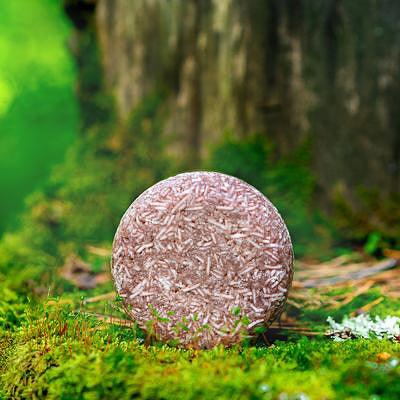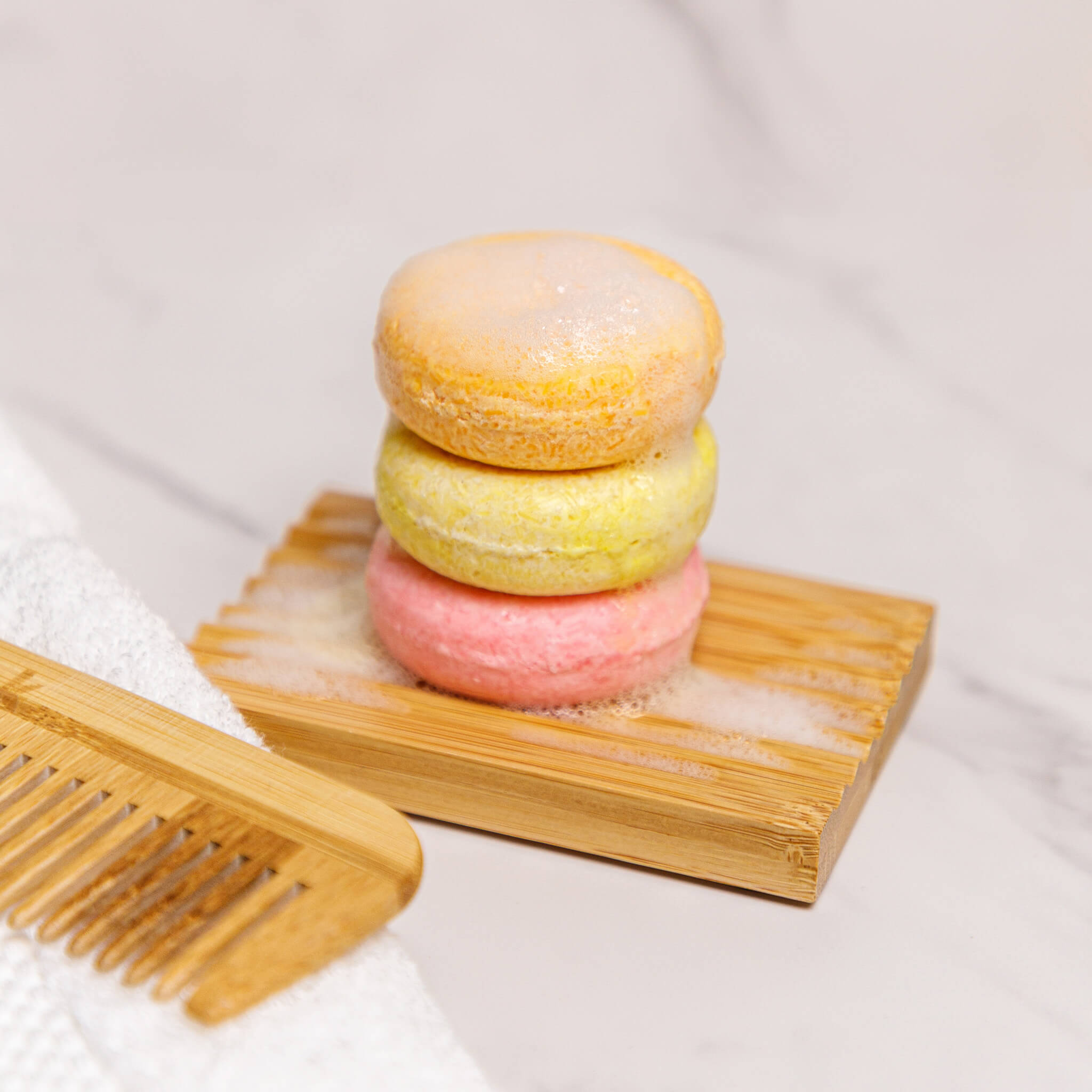If you've ever taken a look at a shampoo bar and wondered how they're made, you're looking right at chemistry in your hands. The ingredients are basic, but they're really good for your hair. The beautiful thing is they come in different types with different ingredients, so you can try different formulas until you find one that works for you. For example, if you have a dry scalp, a moisturizing shampoo bar is your best bet. For this, you'd want to choose one that's heavier on nurturing oils and butter such as jojoba or avocado oils and shea or cocoa butter.
Perhaps you've decided that instead of buying them, you'd like to try to make your own. It's certainly possible — if you have the time and patience to learn. It's not an art that can be rushed, at least not without less-than-stellar outcomes, which is why most people leave it to the pros. However, if you're curious about the process, we'll break it down for you.
Getting Started
The first thing you have to do is decide which oils are suitable for your hair type. If you have fine hair, you don't want heavy oils because they will weigh your locks down. In the same token, if you have kinky textured hair, you'll want to up the moisturizing oils to avoid dryness and frizziness. So research is critical in the beginning, learning about the types of oils and the properties they bring to a shampoo bar. It's common to have several different types of oils and butter in a single bar, it just depends on the recipe. That's why at Seek Bamboo we offer eight different types of Vegan Shampoo Bars with all different natural ingredients.
Development
Once the ingredients are decided upon, it's time to get to work. Shampoo bars are created much like cold process soap. The ingredients have to be precisely measured — i.e. weighed out — to create a balanced formula. If you don't add enough oils, you'll end up with caustic bars (ones that are too harsh to use on the delicate skin of your scalp). If you use too much oil and not enough sodium hydroxide (lye) solution, you'll end up with a shampoo bar that never sets. Each of the shampoo bar recipes we sell here at Seek Bamboo is scientifically formulated to create the ideal hair companion.
Then the oils and/or butters are combined in a heavy-duty container that won't melt under the caustic nature of the sodium hydroxide. The lye is then added to the oils, never the other way around.
Creation
Once the oil mixture is combined with lye using a stick or immersion blender, this becomes the base for the shampoo bar. The scent in the form of essential oils is added at this point. The mixture is then poured into molds, where it sets up. They're removed within 24-48 hours depending on the recipe and the molds used, then set to cure for 4 to 6 weeks. This gives the bar time to harden up so it lasts. Shorter cure times lead to softer bars which makes them melt away quicker in water.
Commonly Asked Questions
We get asked a lot of questions about our shampoo bars and conditioner bars in general. Here are the most common ones we face.
I've Heard Sodium Hydroxide Is Bad, Is it Really?
If you've looked at the ingredients list on most shampoo bars, you've inevitably seen sodium hydroxide. Its common name is lye. Some people claim this is a no-no ingredient, that it's a chemical and it's not good for you. However, it's a necessary proponent in shampoo bars and in soap, in general.
It is a chemical, yes, but it's one that takes the oils and butter and turns them into soap. Without it, you won't get a bar of soap, let alone shampoo bars. You might see recipes out there that don't call for it, but they use what's called a melt-and-pour base, which has already been through the lye/oil process. Rest assured, there's no active lye left in any of our products, it's already done its job.
Do You Offer Different Types?
Yes, our selection is quite varied so you can pick a formula that's best suited to your hair. We offer different formulas and different scents, all of which are 100% natural. Some of our most popular shampoo bars include our Morning Lavender, Bamboo Charcoal, and Organic Seaweed Shampoo Bar.
How Does a Shampoo Bar Contribute to Zero Waste?
Unlike traditional shampoo bottles, which leave behind a lot of plastic when the product is all gone, our bars waste away a little bit with each use. They come in eco-friendly packaging and when it's all gone — usually after up to 90 uses — there's no waste or anything to throw out.
If you've been curious to try shampoo bars, give ours a try. We think you'll be hooked after the first lather and rinse. Time to dispose of all the plastic involved in our bathroom rituals and get back to the basic ingredients to rejuvenate our scalps.




